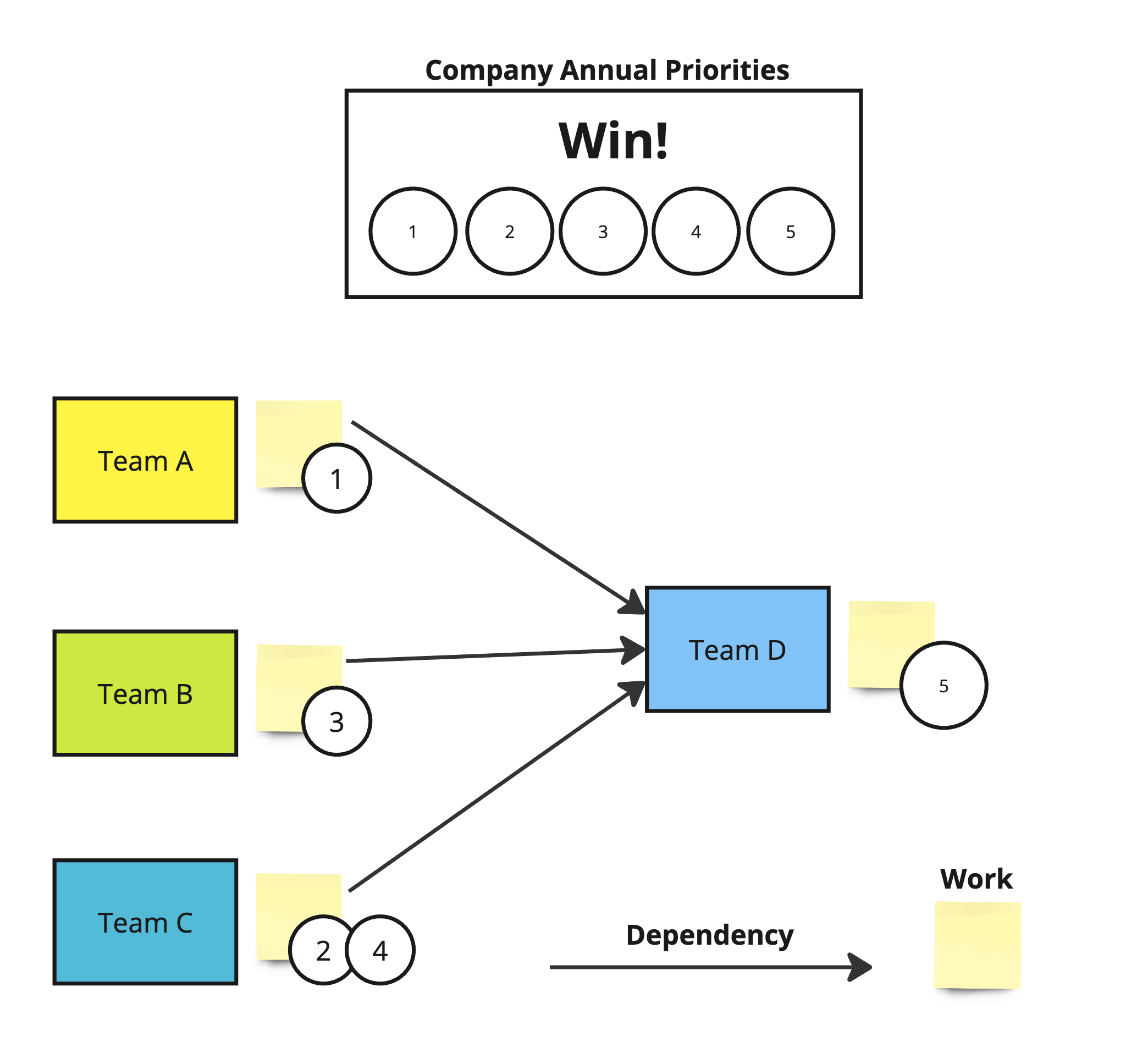
Metadata
- Author: John Cutler
- Full Title:: TBM 285: Shared Teams and Apples-to-Oranges Priorities
- Category:: 🗞️Articles
- Document Tags:: Prioritization Techniques, Prioritization Techniques,
- URL:: https://cutlefish.substack.com/p/tbm-285-shared-teams-and-apples-to
- Finished date:: 2024-05-02
Highlights
Ruinous Pragmatism. You try to make everyone happy but end up making everyone mad at you (and losing trust in you) because you let everyone down. This becomes a wicked cycle of unrealistic commitments, dropping the ball, and eroding trust. Oh, and you also ignore your own priorities. Pros: You can do this for a couple of cycles before people lose trust, and it seems proactive. Cons: It almost never works. (View Highlight)
Go Kind of Rogue. Make prioritization calls in a vacuum, avoid direct conflict, remain a bit aloof, and hedge your bets on counteracting disappointment with a good track record of shipping and achieving some of your own goals. Pros: You stay fast and effective and get to your goals. Cons: You are not inclusive and will likely build resentment in your team among certain patterns when you randomly decide they aren’t important. (View Highlight)
Cage Match. Have their “customer” teams fight for their capacity by forcing some kind of sequenced queue or similar (if escalated, this could include a leader being the tie-breaker or prioritizing lists of projects). Pros: great for sequencing. Cons: you’re pegged as a “service” team because you’re hands-off, and the teams resent you for making them fight each other. Leaders resent having to be the tie-breaker. Teams just work around you. (View Highlight)
Partnership & Global Priorities. Advocate for either an apples-to-apples prioritization scheme or for someone to prioritize the priorities so teams can autonomously make the call and say, “See, here are the force-ranked priorities” or “Well, the strategy talks about how to tie-break in these situations.” Pros: autonomous, empowering, and effective. Cons: Leaders resent you for forcing them to prioritize the priorities. Why can’t you just deal with it on a case-by-case basis? (View Highlight)
I think the answer is probably Cage Match, for now (View Highlight)